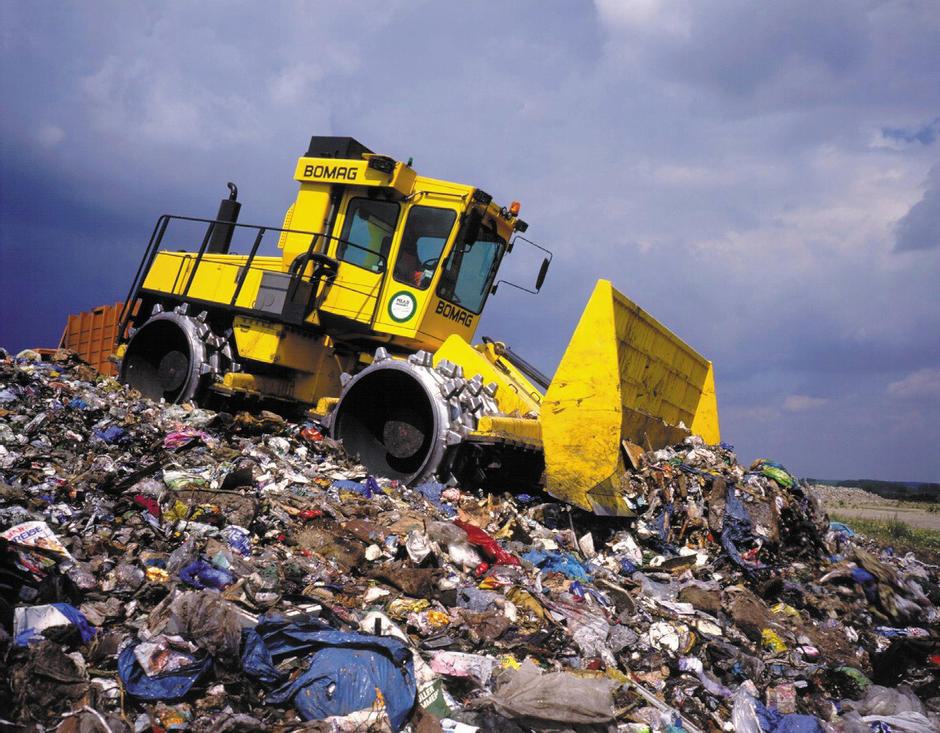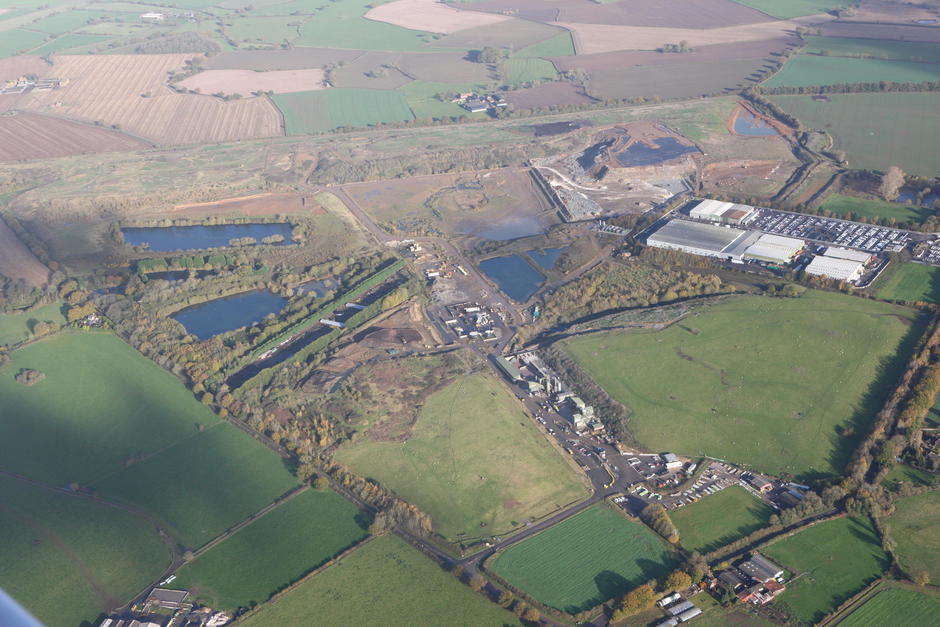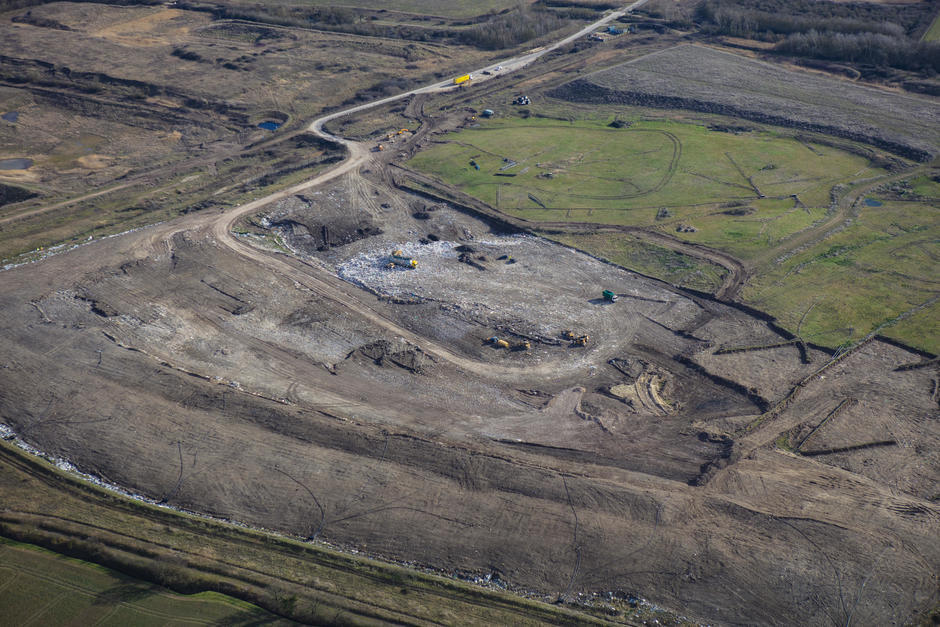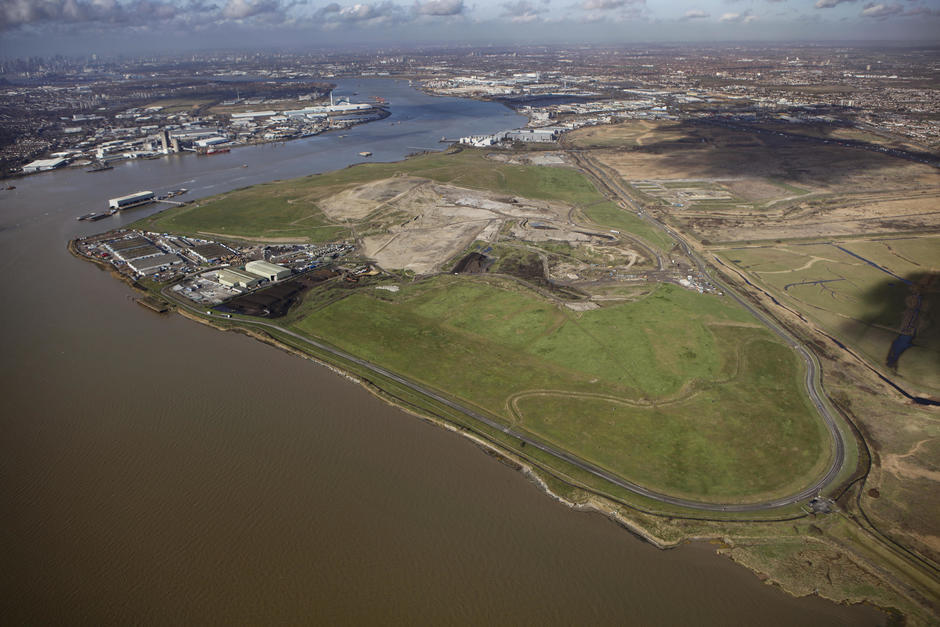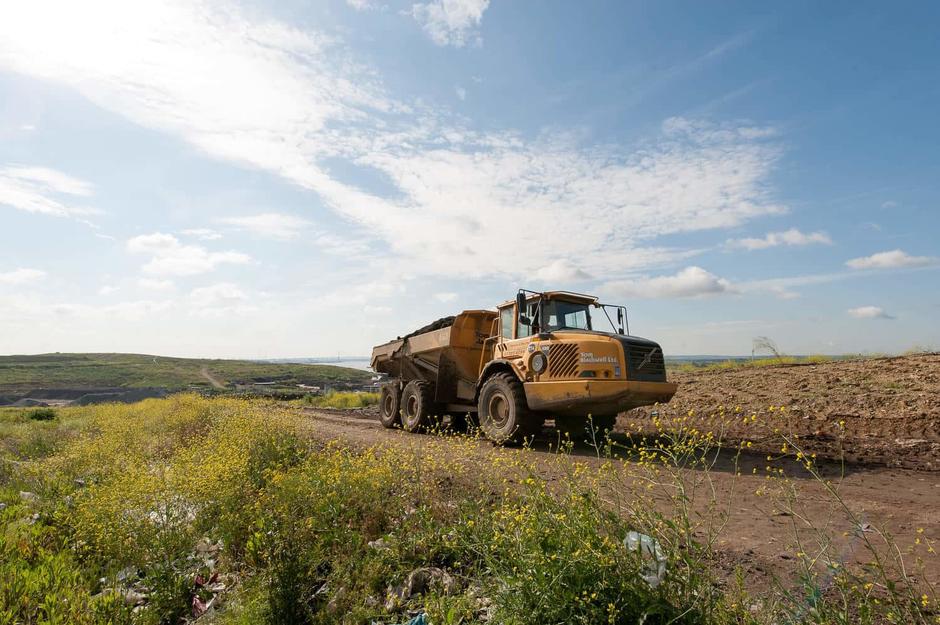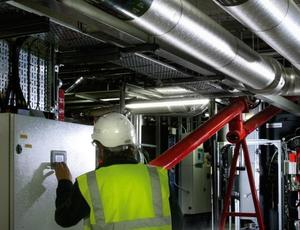Why do we still need Landfill sites?
Landfill still remains an integral part of the UK waste infrastructure with around 46 million tonnes of waste landfilled in the UK in 2019, including just under a million tonnes of hazardous waste.
In the UK there is still some shortfall of capacity for treatment, recycling and Energy from Waste, meaning that landfill disposal still plays a part in the waste hierarchy. Landfill helps manage non-combustible, non-recyclable wastes and residues from energy plants as well as providing a contingency during downtime.
We operate 6 landfill sites for the disposal of Hazardous and Non-Hazardous wastes that are strategically located around the UK.
Energy generated by Biomass Power Stations and similar thermal processes, produce both Hazardous and Non Hazardous residues which are carefully deposited at our facilities. Construction projects produce contaminated soils, in addition to asbestos and other building wastes. Shotblast, trommel fines, filter cakes and offensive medical waste are other examples of wastes accepted at our permitted facilities.
Landfill management is about far more than just the safe disposal of waste. At Veolia, we use the best available technologies to manage the waste and control associated operations such as energy recovery and leachate treatment, which are managed and monitored during the operational period, and then up to 60 years after they close, to control the risk to the environment.
During the life of the landfill, gas is produced as the waste decomposes. This gas is drawn off (extracted) and used as a fuel to generate additional electricity. This enables us to ensure a potential greenhouse gas that would otherwise escape and impact the environment is recovered and used instead of fossil fuels.
Once our landfills are closed the work doesn't stop there, we have a duty to care for the waste for many years into the future while it stabilises over time.
As part of this aftercare, we carry out long-term environmental monitoring to comply with our Environmental Permits to make sure the wider environment remains safe.
The regeneration of the area once the site is closed encourages biodiversity through habitat creation and providing green spaces. Previously we have restored sites to become agricultural land, woodland, or for other uses such as solar farms.
To deliver this we have a team of industry-leading scientists, engineers and technicians who utilise industry best practice for landfill management. This helps us manage the sites in a pragmatic way while achieving the highest levels of environmental compliance. Given our experience, we now work with local authorities and other industrial partners to help them manage their own landfill sites.
The Veolia Environmental Trust established under the Landfill Communities Fund supports a wide range of community and environmental projects near our sites throughout England.
Veolia Environmental Trust
Site Types
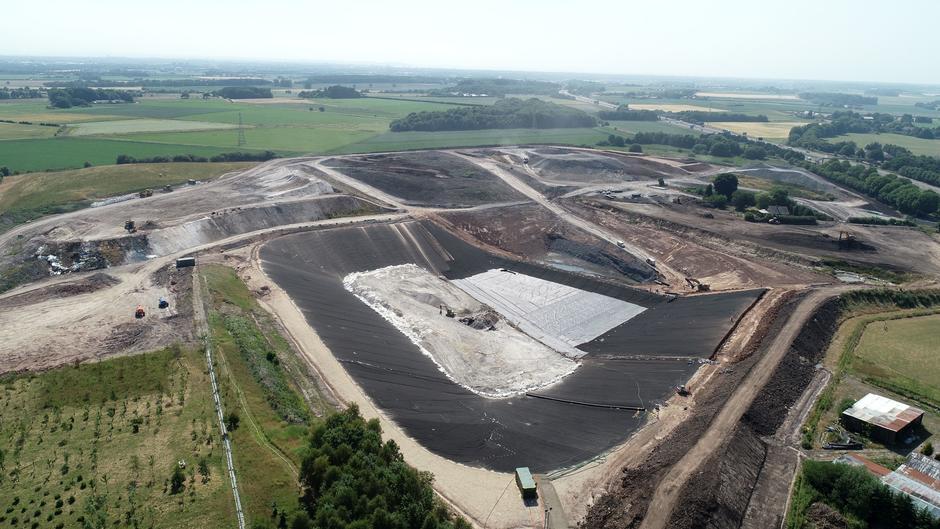
Hazardous Landfill
Joining the group in 2019, Veolia operates the Whitemoss Hazardous Landfill site in Skelmersdale.
Whitemoss is an important part of the UK’s hazardous waste management infrastructure, Located less than 500 metres from junction 4 of the M58 motorway Whitemoss has, for more than twenty-five years, been an important facility for disposal of residues from recycling activities and the remediation of contaminated land.
Any wastes received at the site must be pre-treated and meet stringent waste acceptance criteria before they can be accepted. This will often include the completion of a Hazardous Landfill Waste Acceptance Criteria analysis, often referred to as a WAC test.
The majority of wastes that Whitemoss accept are:
- Contaminated soils - both Hazardous and Non-Hazardous
- Residues from recycling and treatment processes - such as filter cakes
- Ash, primarily Fly Ash and Bottom Ash from burning of wood and paper in biomass plants
- Asbestos from demolition and dismantling activities
- Solids from shot blasting and thermal processes
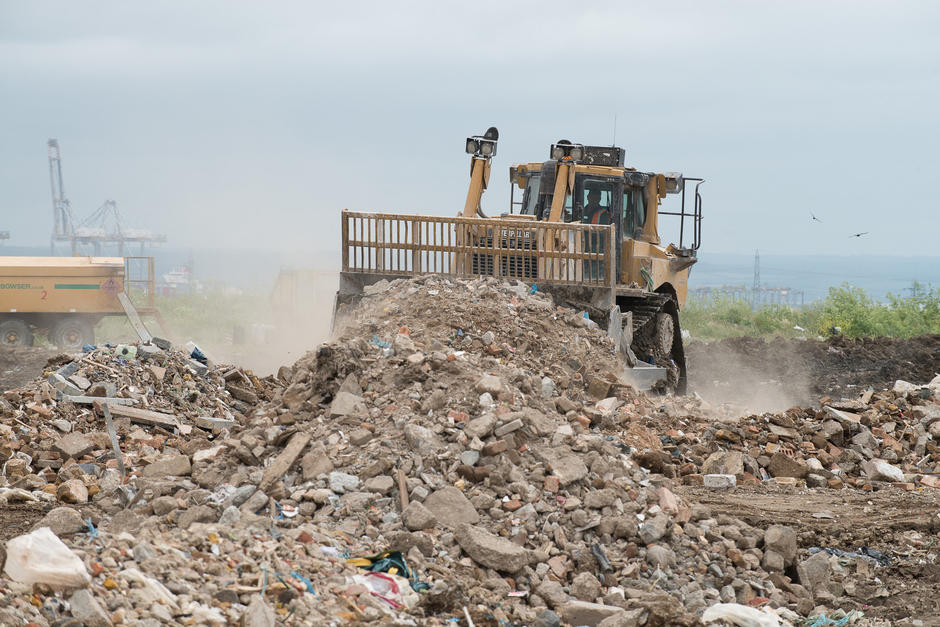
Non-hazardous Landfill
Veolia operates a network of Landfill sites that are permitted to accept Non Hazardous materials.
Any wastes received at the site must be pre-treated and meet stringent waste acceptance criteria before they can be accepted.
The majority of wastes that we accept are:
- Contaminated soils - allowing remediation of brownfield sites
- Residues from recycling - such as filter cakes
- Treated Ash, primarily Fly Ash and Bottom Ash from burning of wood and paper in biomass plants
- Solids from shot blasting and thermal processes
- Our Ling Hall site is also permitted to accept Asbestos and Asbestos contaminated soils providing the asbestos is the only material classified as Hazardous
Our Disposal Sites
To learn more about one of our disposal sites click on the links below
Sales of Restoration Materials
In addition to receiving material into our landfill sites, we can also provide cover and similar materials for use in construction and remediation projects.
Typical materials we can offer include; clay, shale, coal and fire clay.
Landfill Aftercare
Whilst we make every effort to divert waste from landfill by extracting as much value from waste as is possible, landfill still remains a necessary waste management option.
Operations such as Biomass and Energy from waste installations produce Hazardous and Non Hazardous residues as do construction projects on contaminated land. All these residues need to be carefully managed in a safe and compliant manner using proven techniques.
At Veolia, we understand that aftercare management of landfill sites poses a long term challenge having a direct appreciation through the ongoing management of over (60) operational and closed landfills.
Since the 1980s Veolia has established and developed a team of industry-leading scientists, engineers and technicians who have steered industry best practice ensuring sites are managed in a pragmatic way whilst delivering high levels of environmental compliance.
Our experienced teams are able to share the experience and skills that have been developed in delivering our needs and are able to provide these services to external organisations.
We have worked with leading private and public organisations for many years and established a reputation for providing a cost-effective and reliable service, borne out by long-standing client relationships.
The services we are able to provide include:
-
Landfill aftercare monitoring and management
-
Environmental monitoring, sampling, data acquisition and storage
-
Landfill gas management support
-
Leacate management support
-
Environmental Permitting advice
-
Landfill engineering support
-
COTC cover and support




